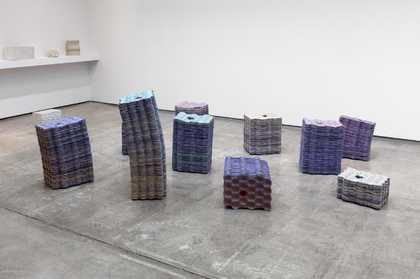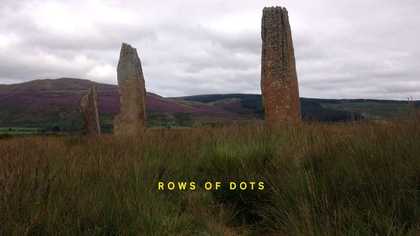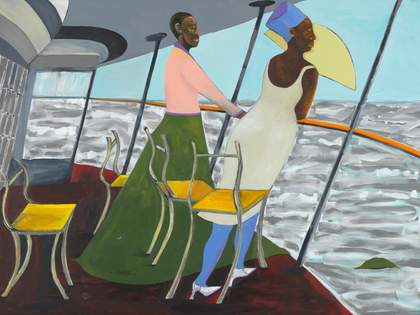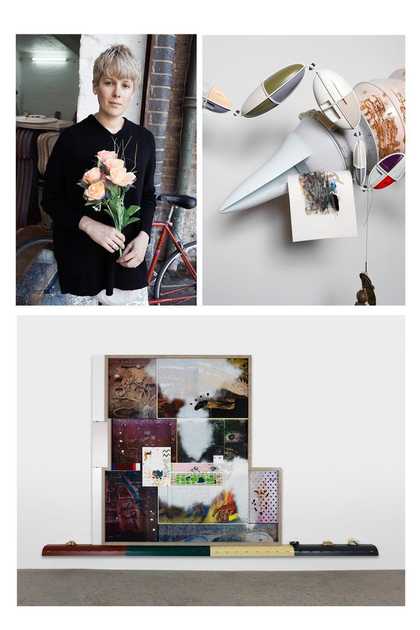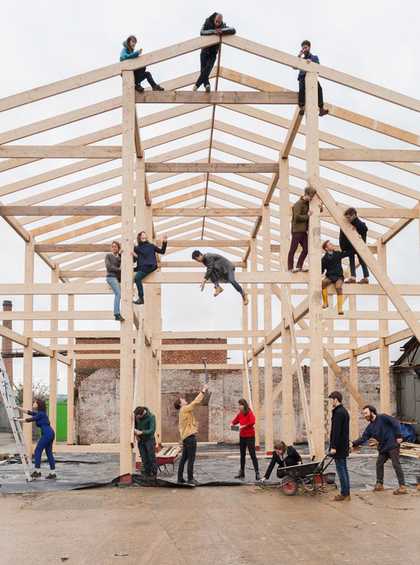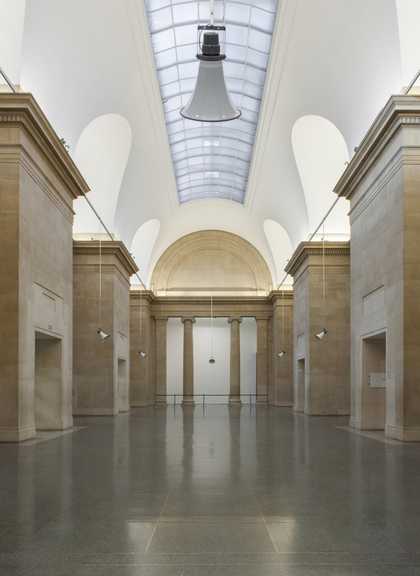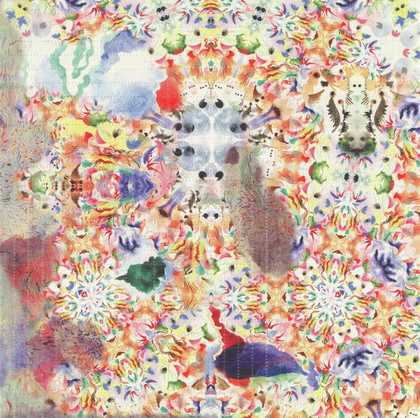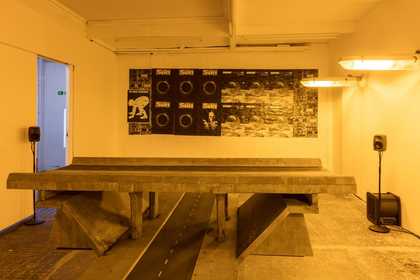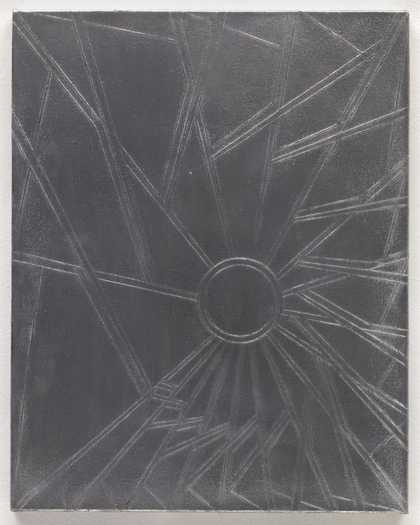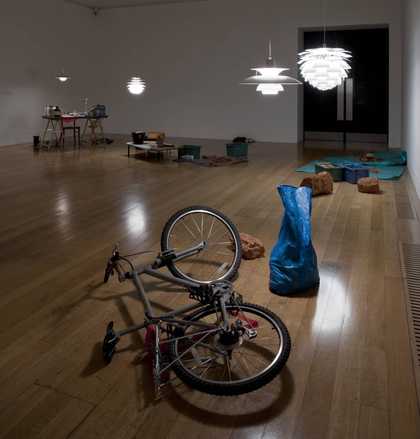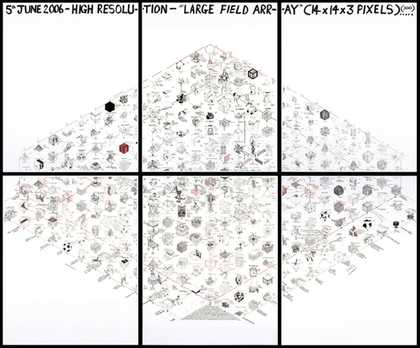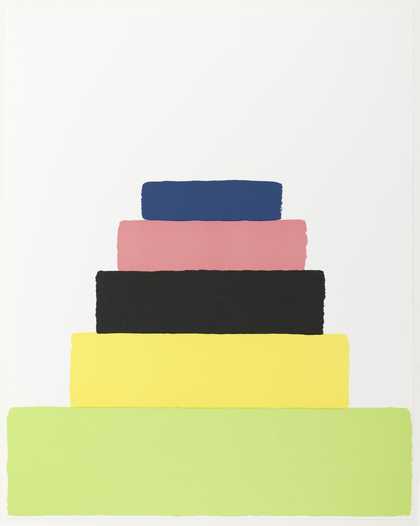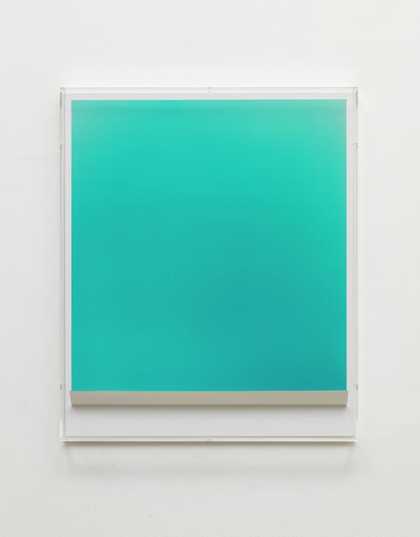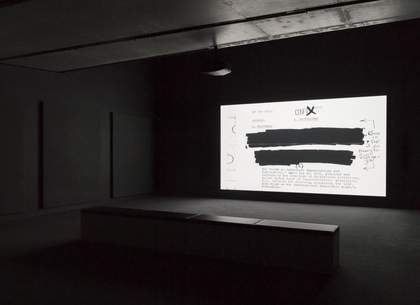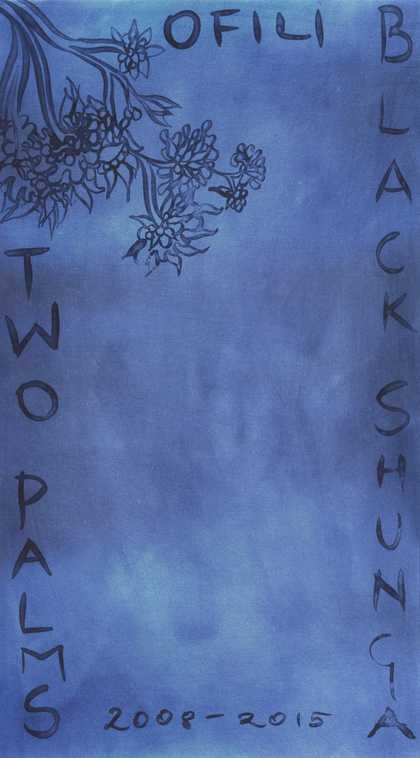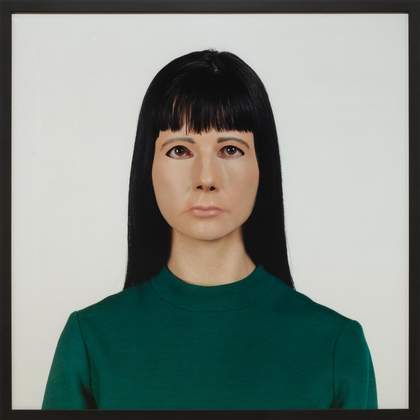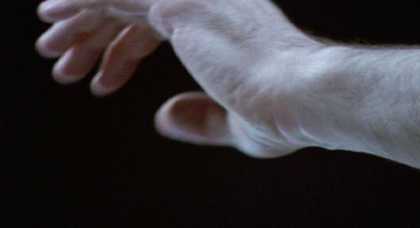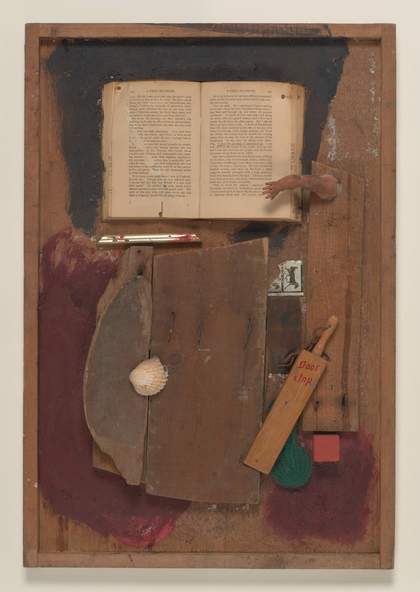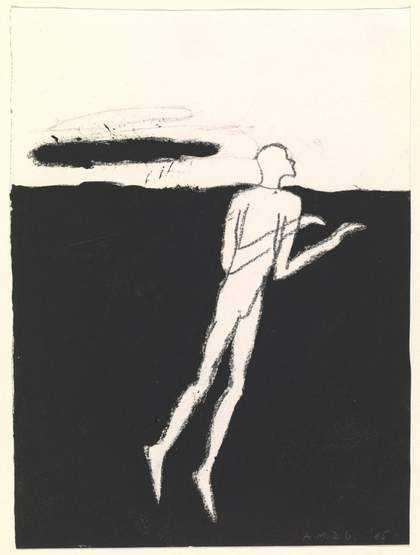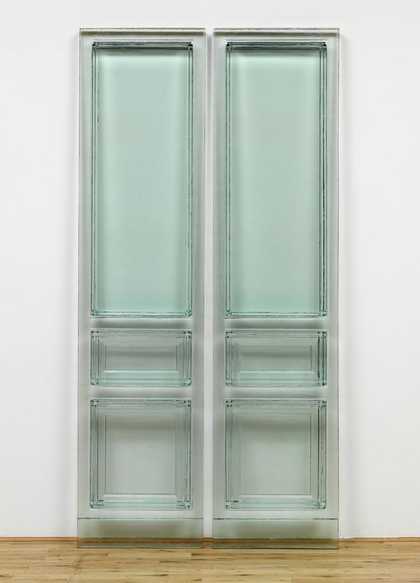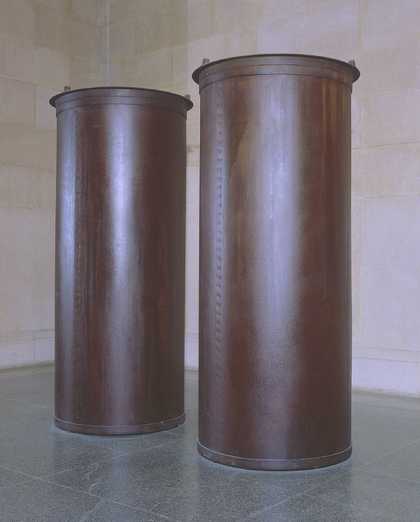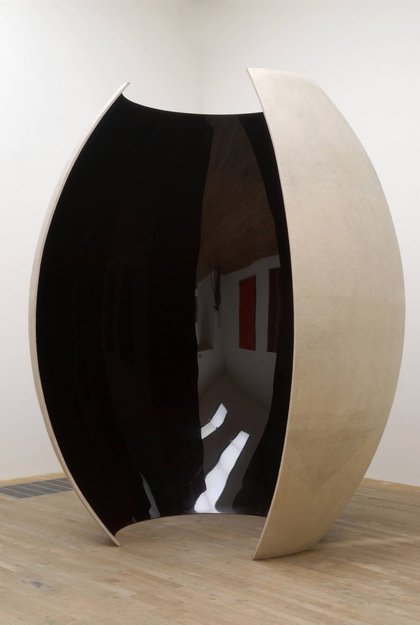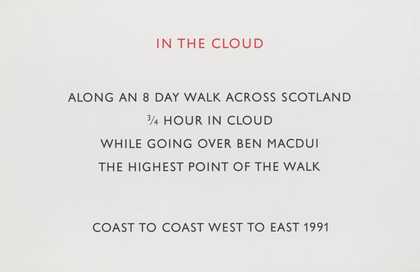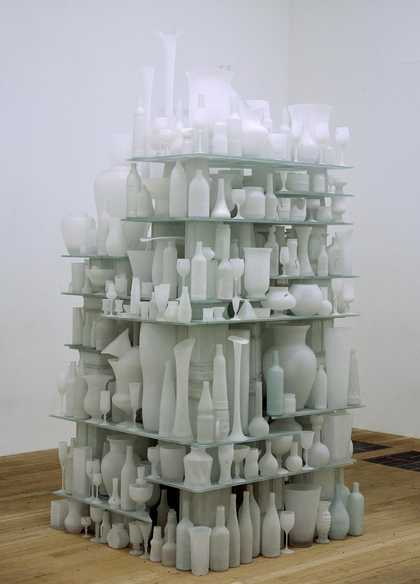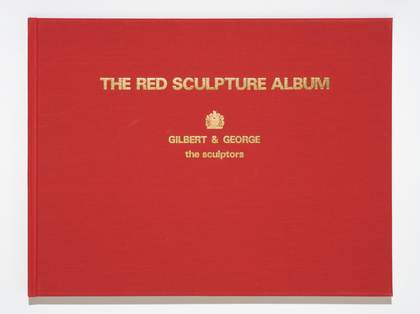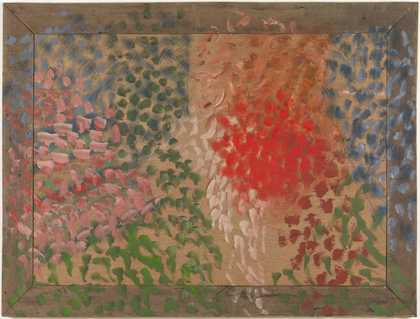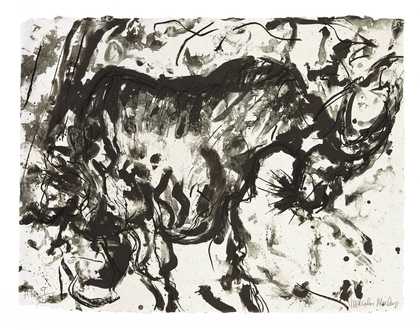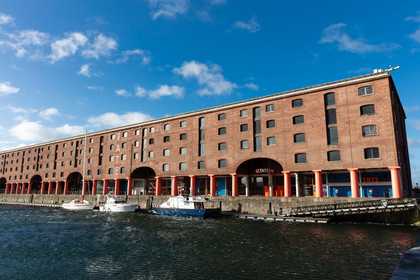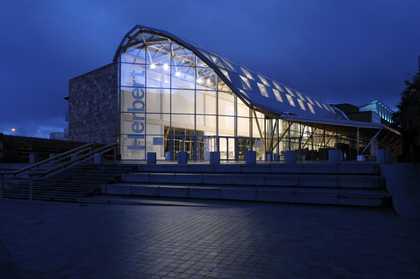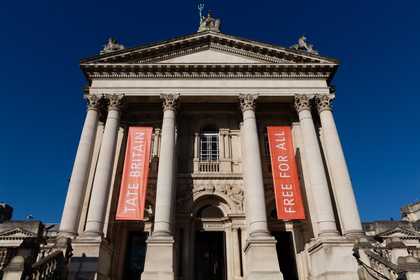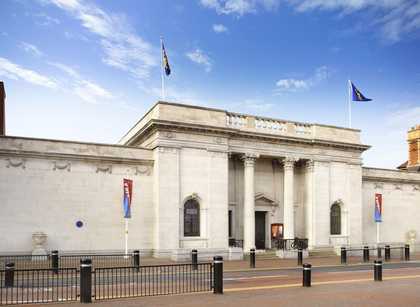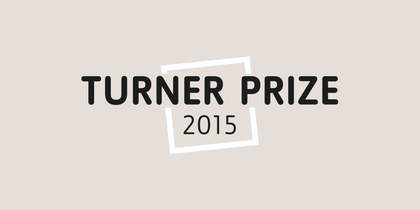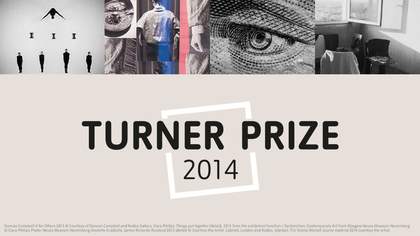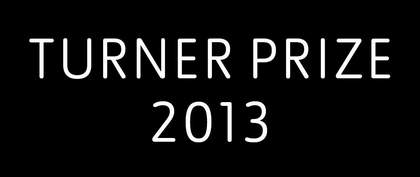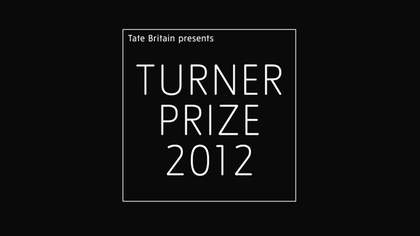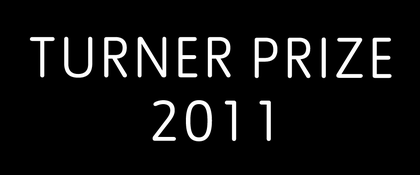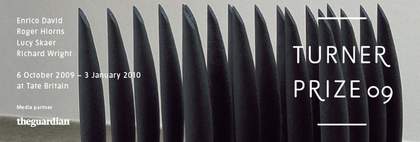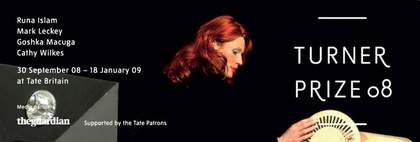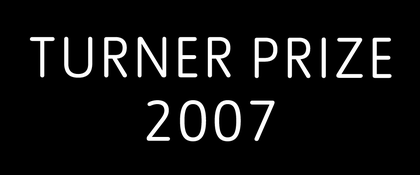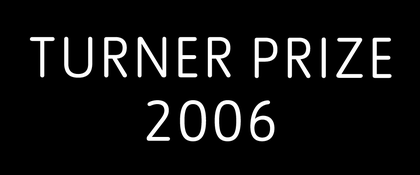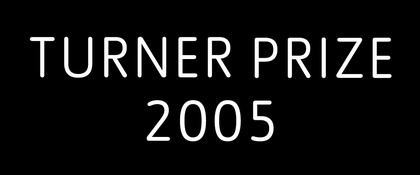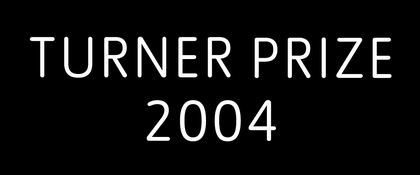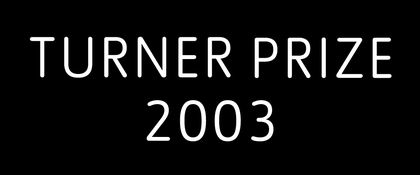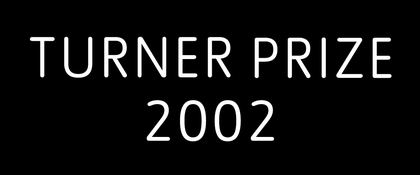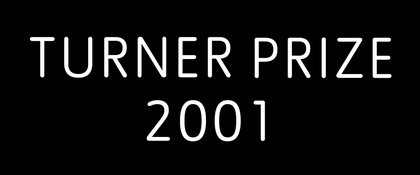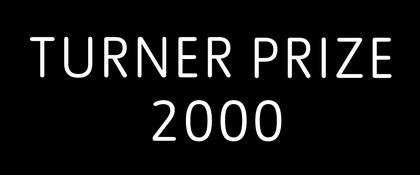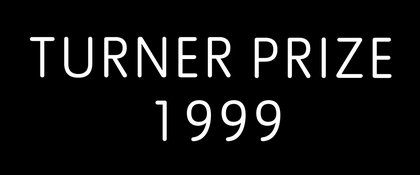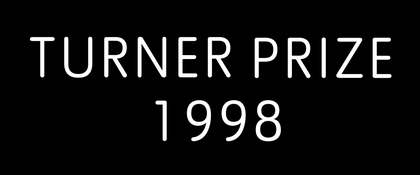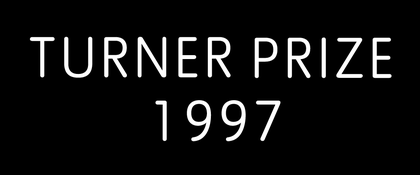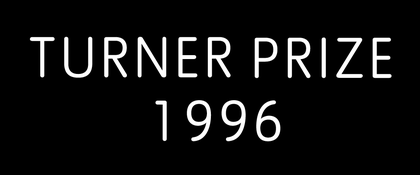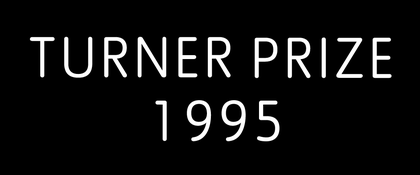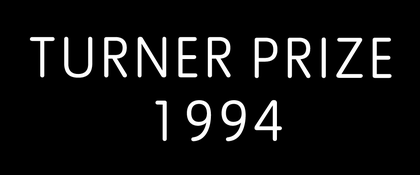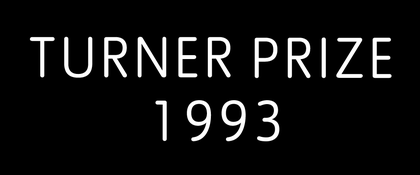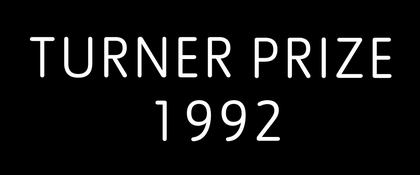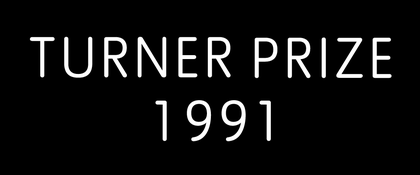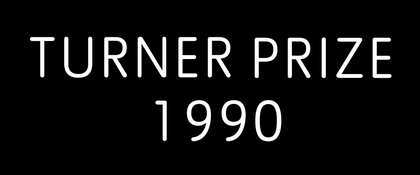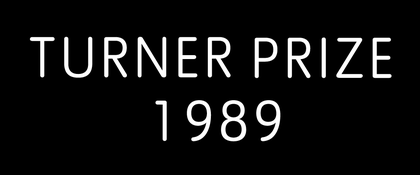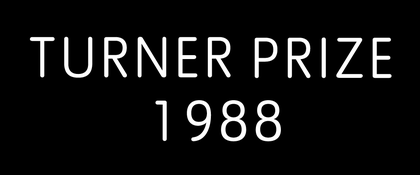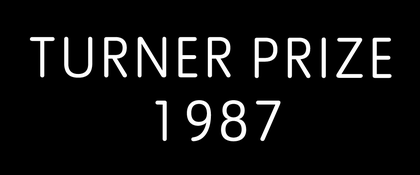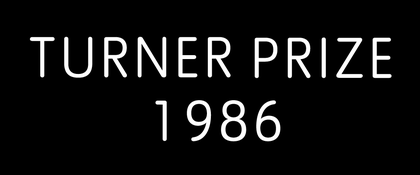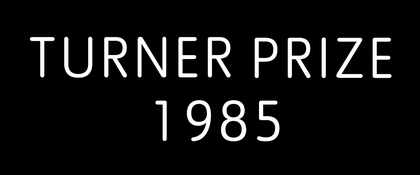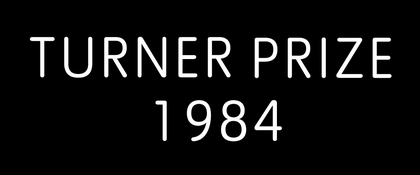Each year the Turner Prize jury shortlist four artists for an outstanding exhibition or other presentation.
Key Things to Know
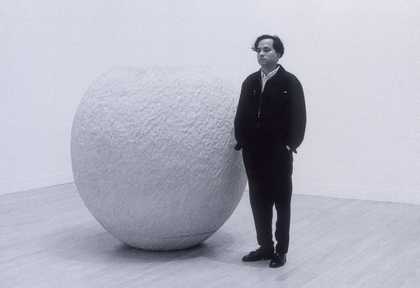
Anish Kapoor with his 1992 Turner Prize installation
© Tate Photography, Marcus Leith
The Turner Prize exhibition isn't always in London
Every other year, a venue outside Tate Britain, London hosts the prize. Previous galleries include Baltic in Newcastle, Ferens Art Gallery in Hull, Ebrington in Derry~Londonderry, Turner Contemporary in Margate, Herbert Art Gallery and Museum in Coventry and Towner Eastbourne.
This year the prize will be hosted at Cartwright Hall in Bradford.
The prize was first awarded in 1984. It was founded by a group called the Patrons of New Art under the directorship of Alan Bowness. They formed to encourage wider interest in contemporary art and assist Tate in acquiring new works. They felt that Britain should have its own award for visual arts, an equivalent to the Booker Prize.
It's given to 'a British Artist'
The Turner Prize is awarded to a British artist. ‘British’ can mean an artist working primarily in Britain or an artist born in Britain working globally.
The prize focuses on their recent developments in British art rather than a lifetime's achievement.
There is an independent panel of judges each year
Tate selects a new panel every year. The panel includes gallery directors, curators, critics and writers. At least one member is from abroad. This balances those who focus on British art or who work in Britain with those who see British art in a broader context.
The jury isn't paid but get a small amount to cover expenses.
The members of the Turner Prize 2025 jury are:
- Andrew Bonacina, Curator, Monsoon Art Collection
- Sam Lackey Director, Liverpool Biennial
- Priyesh Mistry, Associate Curator of Modern and Contemporary Projects, National Gallery
- Habda Rashid, Senior Curator of Modern and Contemporary Art, Fitzwilliam Museum.
The jury is chaired by Alex Farquharson, Director, Tate Britain.
Its name comes from J.M.W. Turner
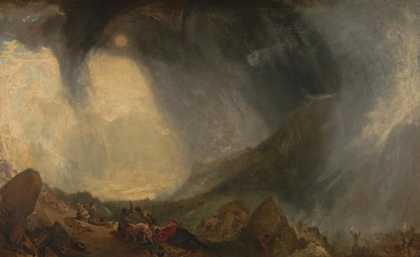
Joseph Mallord William Turner
Snow Storm: Hannibal and his Army Crossing the Alps (exhibited 1812)
Tate
The nineteenth-century artist J.M.W. Turner was a figure who had been innovative and controversial in his own day. One critic commented that his work Schloss Rosenau was 'the product of a diseased eye and a reckless hand.' Today he is considered to be one of the greatest British artists. Turner had wanted to establish a prize for young artists himself.
The prize has no age limit
But this wasn't always the case. In 1991–2016 the prize had an age limit of 50. This played an important role in introducing the work of emerging artists. The lift of the age restriction recognises that artists can experience a breakthrough in their work at any age.
The award is £55,000
£25,000 goes to the winner and £10,000 each goes to the other shortlisted artists.
The jury decides the winner on the day of the announcement
The decision is made through a series of discussions until they arrive at a consensus. This year's Turner Prize will be broadcast live from Bradford in December 2025.
A celebrity presents the prize
Previous presenters have included Richard Attenborough, Paul Smith, Nick Cave, Yoko Ono, Mario Testino and Madonna.
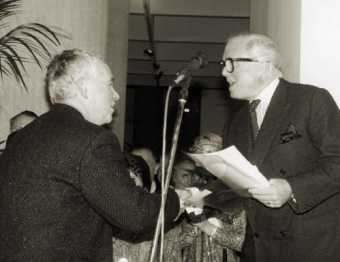
Howard Hodgkin receiving the prize from Sir Richard Attenborough © Tate Photography
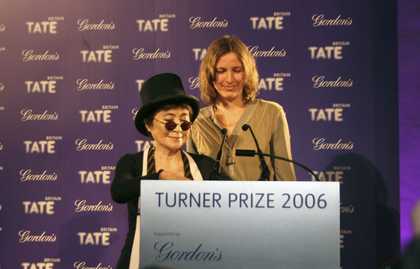
Tomma Abts receiving the 2006 prize from Yoko Ono © Ralf Marriot


